Origins
The Les Paul model was the result of a design collaboration between Gibson Guitar Corporation and the late jazz guitarist and electronics inventor Les Paul. In 1950, with the introduction of the Fender Telecaster to the musical market, electric guitars became a public craze. In reaction, Gibson Guitar president Ted McCarty brought guitarist Les Paul into the company as a consultant. Les Paul was a respected innovator who had been experimenting with guitar design for years to benefit his own music. In fact, he had hand-built a solid-body prototype called "The Log", a design widely considered the first solid-body Spanish guitar ever built, as opposed to the "Hawaiian", or lap-steel guitar. This guitar is known as "The Log" because the solid core is a pine block whose width and depth are a little more than the width of the fretboard. Although numerous other prototypes and limited-production solid-body models by other makers have since surfaced, it is known that in 1945–1946, Les Paul had approached Gibson with "The Log" prototype, but his solid body design was rejected.
In 1951, this initial rejection became a design collaboration between the Gibson Guitar Corporation and Les Paul. It was agreed that the new Les Paul guitar was to be an expensive, well-made instrument in Gibson's tradition. Although recollections differ regarding who contributed what to the Les Paul design, it was far from a market replica of Fender models. Since the 1930s, Gibson had offered electric hollow-body guitars, such as the ES-150; at minimum, these hollow-body electric models provided a set of basic design cues to the new Gibson solid-body, including a more traditionally curved body shape than offered by competitor Fender, and a glued-in ("set-in") neck, in contrast to Fender's bolt-on neck joint design.
The significance of Les Paul's contributions to his Gibson guitar design remains controversial. The book "50 Years of the Gibson Les Paul" limits Paul's contributions to two: advice on the trapeze tailpiece, and a preference for color (stating that Paul preferred gold as "it looks expensive", and a second choice of black because "it makes your fingers appear to move faster on the box", and "looks classy―like a tuxedo").
Additionally, Gibson's president Ted McCarty states that the Gibson Guitar Corporation merely approached Les Paul for the right to imprint the musician's name on the headstock to increase model sales, and that in 1951, Gibson showed Paul a nearly finished instrument. McCarty also claims that design discussions with Les Paul were limited to the tailpiece and the fitting of a maple cap over the mahogany body for increased density and sustain, which Les Paul had requested reversed. However, according to Gibson Guitar, this reversal would have caused the guitar to become too heavy, and Paul's request was refused. Another switch: the original Custom was to be all mahogany and the Goldtop was to have the maple cap/mahogany body. Beyond these requests, Les Paul's contributions to the guitar line bearing his name were stated to be cosmetic. For example, ever the showman, Paul had specified that the guitar be offered in a gold finish, not only for flashiness, but to emphasize the high quality of the Les Paul instrument, as well. The later-issue Les Paul models included flame maple (tiger stripe) and "quilted" maple finishes, and once again contrasted the competing Fender line's range of car-like color finishes. Gibson was notably inconsistent with its wood choices, and some goldtops or customs have had their finish stripped to reveal beautifully-figured wood hidden underneath.
Models and variations
The Les Paul guitar line was originally conceived to include two models: the regular model (nicknamed the Goldtop), and the Custom model, which offered upgraded hardware and a more formal black finish. However, advancements in pickup, body, and hardware designs allowed the Les Paul to become a long-term series of electric solid-body guitars that targeted every price-point and market level except for the complete novice guitarist. This beginner guitar market was filled by the Melody Maker model, and although the inexpensive Melody Maker did not bear the Les Paul name, its body consistently followed the design of true Les Pauls throughout each era.
Beyond shaping and body design, there are a number of characteristics that distinguish the Gibson Les Paul line from other electric guitars. For example, in a fashion similar to Gibson's hollow-body instruments, the strings of Les Paul guitars are always mounted on the top of the guitar body, rather than through the guitar body, as seen in competitor Fender's designs. The Gibson also features a variety of colors, such as Wine Red, Ebony, Classic White, Fire Burst, and Alpine White. In addition, the Les Paul models offered a variety of finishes and decorative levels, a diversity of hardware options, and an innovative array of electric pick-up options, some of which significantly impacted the sound of electric music. For instance, in 1957, Gibson introduced the humbucker (PAF) which revolutionized the sound of the electric guitar, and eliminated the mains hum which had previously plagued guitars with single coil magnetic pickups.
Goldtop (1952–1958)
The 1952 Les Paul featured two P-90 single coil pickups, and a one-piece, 'trapeze'-style bridge and tailpiece, with strings that were fitted under (instead of over) a steel stop-bar. The weight and the tonal characteristics of the Les Paul were largely due to the mahogany and maple construction: maple is a hard and quite heavy wood, but was restricted to a cap over somewhat lighter mahogany, to keep weight under control. In addition, the early 1952 Les Pauls were never issued serial numbers, did not have bound bodies, and are considered by some as "LP Model prototypes". However, the later 1952 Les Pauls were issued serial numbers and also came with bound bodies. Interestingly, the design scheme of some of these early models varied. For instance, some of the Les Pauls of this issue were fitted with black covered P90 pickups instead of the creme colored plastic covers that are associated with this guitar, even today. Of note, these early models, nicknamed "Goldtops", have begun to gain the interest of collectors, and subsequently, the associated nostalgic value of this instrument is increasing
Custom (1954–1961)The second issue of the Les Paul guitar was introduced to the public in 1954. Called the Gibson Les Paul Custom, this entirely black guitar was dubbed the Black Beauty. The Les Paul Custom featured a mahogany top to differentiate the instrument from its Goldtop predecessor's maple top. It also featured the new Tune-o-Matic bridge design and a pickup with an alnico-5 magnet, P-480, in the neck position. In addition, since 1957, the Custom was fitted with Gibson's new humbucker pickups, PAF, and later became available with three pickups instead of the more usual two. The three pickup model retained the standard Gibson 3-way switch so not all pickup combinations were possible. The neck and bridge-only settings were retained, but the middle was changed to switch in the middle and bridge pickups. A common modification was to restore the standard neck/both/bridge switching combination and add a switch to enable the middle pickup on its own.
The Les Paul Custom single cutaway was discontinued in 1961 and replaced with the SG (as we know it) designation for "solid guitar". This model featured a thin 1-5/16" body and a double cutaway. Confusion abounds to this day over the name Les Paul Custom. Since the single cutaway was discontinued, Gibson transferred the name Les Paul Custom to the new models.
Junior (1954–1960) and TV (1955–1960)
1958 Junior
In 1954, to widen the solid-body electric market still further, Gibson issued the Gibson Les Paul Junior. Although previously the Melody Maker was marketed toward the novice guitarist, Gibson targeted to the beginner again with a Les Paul Junior design. Over time, this Gibson design has proven well-suited for even professional use.
There were marked differences between the other Les Paul models and the Les Paul Junior. For instance, although the Junior's body outline was clearly reminiscent of the original upmarket Les Paul guitar, the Junior issue was characterized by its flat-top "slab" mahogany body, finished in traditional Gibson Sunburst. The Junior was touted as an inexpensive option for Gibson electric guitar buyers it had a single P-90 pickup, simple volume and tone controls, and the unbound rosewood fingerboard bore plain dot-shape position markers. However, as a concession to the aspirations of the beginning guitarist buyer, the Junior did feature the stud bridge/tailpiece similar to the second incarnation of the upscale Gold-Top.
Later, in 1955, Gibson launched the Les Paul TV model, which was essentially a Junior with what Gibson called a natural finish. This finish was actually more of a translucent mustard yellow through which the wood grain could be seen, and was not unlike the finish that competitor Fender called butterscotch yellow. The idea behind this TV Yellow was that white guitars would glare too much on early black and white television broadcasts, whereas TV Yellow guitars would not cast a glare.
In 1958, Gibson made a radical design change to their Junior and TV models: with the design change came cosmetic changes to these guitars that would later take on enormous importance. To accommodate player requests for more access to the top frets than the previous designs allowed, Gibson revamped both these electric guitar models with a new double-cutaway body shape. In addition, the Junior's fresh look was enhanced with a new cherry red finish, while the re-shaped TV adopted a new, rather yellow-tinged finish for its new design.
Special (1955–1960)
The Les Paul Special was released in 1955, featuring two soapbar P-90 single coil pickups, finished in a TV Yellow variation (but not called a TV model).
In 1959, the Special was given the same new double-cutaway body shape that the Junior and the TV received in 1958. However, when the new design was applied to the two-pickup Special, the cavity for the neck pickup overlapped with the neck-to-body joint. This weakened the joint to the point that the neck could break after only moderate handling. The problem was soon resolved when Gibson's designers moved the neck pickup farther down the body, producing a stronger joint and eradicating the breakage problem.
This stabilized version of the Special is currently offered only by Gibson's Custom Shop in the "VOS" series in TV Yellow.
Standard (1958–1960, 1968–2008)
Paul McCartney playing a 1960 left-handed cherryburst Les Paul
Les Paul Standard, PAF-Pickups with Mahogany Body, Maple Top
1959 Standard Reissue
A licenced Kahler tremolo system on a '87 Gibson Les Paul Standard
In 1958, Gibson updated the Les Paul yet again. the new model retained most of the specifications of the 1957 Goldtop, including PAF humbucker pickups,maple top, tune-o-matic bridge with a stop tailpiece or Bigsby vibrato tailpiece) . The most significant change in the new models was the finish. the Goldtop color used since 1952, was replaced by the Sunburst finish already being used on Gibson's archtop acoustic and hollow electric guitars such as the J-45 model. To differentiate from the earlier Goldtop model, the new Les Paul was referred to as The Les Paul Standard. Original production of the standards lasted from 1958 to 1960. Only 1,700 of these early models were made and have subsequently become highly collectible. Original production ended when, in 1961, Gibson redesigned the Les Paul to feature a "double cutaway" body which has subsequently become the Gibson SG. Due to high demand, Gibson resumed production of Les Paul Standards in 1968. Today, the Gibson Les Paul Standard has BurstBucker pickups on the Vintage Original Spec models and Burstbucker Pro on the lower end models bearing the 'Standard' name.
In the 80s Gibson also sold a limited number of Les Paul carrying Kahler tremolos.
Gibson's new version of the Les Paul Standard was released August 1, 2008 and features a long neck tenon, an asymmetrical neck profile to make for a comfortable neck, frets levelled by Plek machine, and locking Grover tuners with an improved ratio of 18:1. With the 2008 model Gibson has introduced their "weight relief" chambering, which includes routing "chambers" in specific areas of the mahogany slab body as specified by Gibson R&D. Before 2008, Les Paul Standards were "swiss cheesed." In other words, it had holes routed into the body, but it was not chambered like most of Gibson's Les Paul lineup now is.[14] In 2008 Gibson also introduced the Les Paul Traditional. The Traditional is built using the traditional Les Paul specifications; such as Kluson style tuners, 57 Classic pickups, and an unchambered body.
Les Paul SG (1961–1963)
1961 SG Reissue
In 1960, Gibson experienced a decline in electric guitar sales due to their high prices and strong competition from Fender's comparable but much lighter double-cutaway design, the Stratocaster. In response, Gibson modified the Les Paul line. This 1961 issue Les Paul guitar was thinner and much lighter than the earlier models, with two sharply pointed cut-aways and a vibrato system. However, the redesign was done without Les Paul's knowledge. When the musician saw the guitar, he asked Gibson to remove his name from the instrument and parted ways with the company. Although this separation occurred in 1960, Gibson had a surplus stock of "Les Paul" logos and truss rod covers, and so continued to use the Les Paul name until 1963. At that point, the SG guitar's name was finally changed to "SG", which stood simply for Solid Guitar. In addition to the SG line, Gibson continued to issue the less expensive Jrs and Specials (and the Melody Makers) with the newer body style. These, together with the Firebird, were the standard Gibson solidbody models until the reintroduction of the Les Paul Standard Goldtop and the Les Paul Custom guitars to the market in 1968.
PAF pickups
In 1964, The Rolling Stones' Keith Richards obtained a 1959 sunburst Les Paul. The guitar, outfitted with a Bigsby tailpiece, was the first "star-owned" Les Paul in Britain and served as one of the guitarist's prominent instruments through 1966. Because he switched guitars often enough in that period (using models ranging from the Epiphone semi-hollow to various other guitars made by Guild and Gibson), Richards is sometimes forgotten as an early post-1960 Les Paul player. In 1966, Eric Clapton also recognized the rock potential of the late 1950s Les Paul guitars (particularly the 1958–1960 Standard sunburst models), and gave them wide exposure. He began using Les Pauls because of the influence of Freddie King and Hubert Sumlin, and played a 1960 Standard on his groundbreaking album with John Mayall, Blues Breakers with Eric Clapton. At the same time, Mike Bloomfield began using a 1954 Les Paul goldtop he apparently purchased in Boston while touring with the Paul Butterfield Blues Band, and recorded most of his work on the band's East-West album with that guitar. A year later, he traded it to guitarist/luthier Dan Erlewine for the 1959 Standard with which he became most identified. Concurrently, such artists such as Peter Green, Mick Taylor, Jeff Beck and Jimmy Page began using the late-1950s Les Paul Standards. These 1950s models featured the thicker, more sustaining tone of Gibson's humbucker pickups with the original units known as "Patent Applied For" (PAF) pickups. These PAFs were designed by Seth Lover while working for Gibson in 1955 (U.S. Patent 2,896,491), and debuted on Les Pauls in 1957. This innovation became a standard pick up design for Gibson, and subsequently, many other guitar companies followed suit, outfitting their electrics with copycat versions of the humbucking pickup altered to avoid infringing Gibson's patent. Gretsch had their Filtertron pickups, and when Fender entered the humbucker market in 1972, it was with the radically different Fender Wide Range pickup. "Standard" humbuckers from other guitar manufacturers and third party replacement pickups from the likes of DiMarzio and Seymour Duncan were only offered after Gibson's patent had expired.
Over the years, authentic 1950s Les Pauls have become some of the most desirable and expensive electric guitars in the world. Only 1700 were made between 1958 and 1960[citation needed] today, a 1959 Les Paul Standard in good condition can be easily priced between $US200,000 and $US750,000, making it the most valuable production model electric guitar ever built. (However, Gibson Custom Shop reissue versions of the 1950s and 1960 Les Paul can be purchased for less, between $US3,000-$US6,000; certain artist signature model versions of the guitars, however, are considerably more expensive.)
Thanks to the work and influence of Richards, Clapton, Bloomfield, Green, Taylor, Beck, and Page in the mid-1960s, demand for Les Paul guitars had begun to increase. Responding to that influence and increased pressure from the public, Gibson re-introduced the single cutaway Les Paul in July 1968.
Les Paul models in the Norlin era (1969–1985)
Subsequent years brought new company ownership to the Gibson Guitar Company. During the "Norlin Era", Gibson Les Paul body designs were greatly altered, most notably, the change to the neck volute. Because the Les Paul had the reputation of having an easily broken neck joint, the volute strengthened the neck where it joined the headstock to avert breakage. To further increase the strength, the neck woods were changed from mahogany to a three-piece maple design. The LP body was changed from a one-piece mahogany with a maple top into multiple slabs of mahogany with multiple pieced maple tops (also called a "pancake body').
In this era, as well, Gibson began experimenting with new models such as the Les Paul Recording. This model is often eschewed by guitar purists considered "too full of gadgetry". The Recording featured low-impedance pickups, many switches and buttons, and a highly specialized cable for impedance-matching to the amplifier. Less noticeable changes included, but were not limited to, maple fingerboards (1976), pickup cavity shielding, and the crossover of the ABR1 Tune-o-matic bridge into the modern day Nashville Tune-o-matic bridge. During the 1970s, the Les Paul body shape was incorporated into other Gibson models, including the S-1, the Sonex, the L6-S, and many other experimental models.
Deluxe
The Deluxe was among the "new" 1968 Les Pauls. This model featured "mini-humbuckers", also known as "New York" humbuckers, and did not initially prove popular. The mini-humbucker pickup fit into the pre-carved P-90 pickup cavity using an adaptor ring developed by Gibson (actually just a cut-out P90 pickup cover) in order to use a supply of Epiphone mini-humbuckers left over from when Gibson moved Epiphone production to Japan. The DeLuxe was introduced in late 1968 and helped to standardize production among Gibson's USA-built Les Pauls. The first incarnation of the Deluxe featured a one-piece body and three-piece neck in late 1968. The "pancake" body (thin layer of maple on top of two layers of Honduran mahogany) came later in 1969. In late 1969, a small "volute" was added. 1969 Deluxes feature the Gibson logo devoid of the dot over the "i" in Gibson. By late 1969/early 1970, the dot over the "i" had returned, plus a "Made In USA" stamp on the back of the headstock. By 1975, the neck construction was changed from mahogany to maple, until the early 1980s, when the construction was returned to mahogany. The body changed back to solid mahogany from the pancake design in late 1976 or early 1977. Interest in this particular Les Paul model was so low that in 1985, Gibson canceled the line. However, in 2005, the Deluxe was reintroduced with more popularity due to its association with Pete Townshend and Thin Lizzy.
In 1978 the Les Paul Pro Deluxe was introduced. This guitar featured P-90 pickups instead of the "mini-humbuckers" of the Deluxe model, an ebony fingerboard, maple neck, mahogany body and chrome hardware. It came in Ebony, Cherry Sunburst, Tobacco Sunburst or Gold finishes. Interestingly, it was first launched in Europe, rather than the USA. It was discontinued in 1982.
Studio
See also: Gibson Les Paul Studio
The "Studio" model was introduced in 1983, and is still in production. The intended market for this guitar was the studio musician; therefore, the design features of the "Les Paul Studio" were centered on optimal sound output. This model retained only the elements of the Gibson Les Paul that contributed to tone and playability, including the carved maple top and standard mechanical and electronic hardware. However, the Studio design omitted several stock Gibson ornamentations that did not affect sound quality, including the binding on the body and neck. The two notable exceptions to this are the Studio Standard and the Studio Custom. Both models were produced in the mid 1980s, and included body and neck binding, though with dot fingerboard inlays instead of more ornate trapezoids. The first Studios from 83 to 86, except for Studio Standard and Studio Custom, were made with alder bodies rather than mahogany/maple. The current Studios come with a chambered mahogany body with either a maple or mahogany cap. The latter also include "faded" finishes.
Custom Shop models
With a growing popularity of the Les Paul guitars, hundreds of unendorsed imitations and copycat versions had appeared on the markets. However, due to the lack of U.S. legislation to address patent infringements and restrict the import sales, oversea imitations caused legal and financial problems to the Gibson Guitar Corporation. An also troublesome thing was the existence of high quality imitations of vintage Les Paul (and vintage Stratocaster) produced by oversea manufacturers.
For instance, during 1970s and early 1980s, Japanese manufacturer Tokai Gakki produced superb replicas of 1957–59 vintage Les Pauls, and replicas themselves were gradually highly regarded. In the 1980s, to respond to the high demand for vintage models, Gibson itself began to offer a line of "Custom Shop models", accurate reproductions of early Les Paul crafted by the Gibson Guitar Custom Shops.
Modern Les Pauls
In January 1986, Gibson changed ownership and began manufacturing a range of varied Les Paul models to suit different user needs. The 1980s also saw the end to several design characteristics that were classic to the Les Paul, including the volute and maple neck. However, due to consumer demand, the Gibson Les Paul guitar is available today in an array of choices, ranging from guitars equipped with modern digital electronics to classic re-issue models built to match the look and specifications of the guitar's earliest production runs from 1952 to 1960.
Les Paul playing his guitar (customized Recording or Personal)
Les Paul's guitar
Until his death in August 2009, Les Paul himself played his personal Les Paul Guitar onstage, weekly, in New York City. Paul preferred his 1972 Gibson "Recording" model guitar, with different electronics and a one-piece mahogany body, and which, as an inveterate tinkerer and bona fide inventor, he had modified heavily to his liking over the years. A Bigsby-style vibrato was of late the most visible change although his guitars were formerly fitted with his "Les Paulverizer" effects.
Per a statement made by Les Paul himself in the "Chasing Sound" bio-pic, the "Les Paulverizer" was a hoax with the actual effect being provided via multitrack recording. Les Paul was also a pioneer of stereo and multitrack recording.
Epiphone Les Pauls
Les Paul Special II
The Gibson-owned Epiphone Company makes around 20 models of the Les Paul, most are copies of the original. Made in places outside the U.S., the Epiphone Les Pauls are made from more commonly-available woods and have less hand detailing than the Gibson models, and, as a result, sell for a lower price. Epiphone Guitar Co. has been owned by Gibson Guitars since the 1950s. Once Gibson purchased Epiphone they quickly began making lower-quality guitars based on Gibson designs.
Epiphone currently produces several models of the Les Paul including The entry level "Les Paul Special II" which is generally made of a basswood body and a veneered top, bolt on neck (with dot inlays instead of the usual trapezoid inlays), lacks a binding, and has simplified electronics.
The next model up is the "Les Paul 100", which costs approximately $US300, has similar setbacks but it has the standard Les Paul wiring, mahogany body and a higher-quality paint job. The standard models are the "Les Paul Standard Plain Top" and the "Les Paul Standard Plus Top". They cost $US550 and $US650 respectively. They both feature a solid mahogany body with a maple veneer and carved top.
Epiphone also makes several less common models of the Les Paul such as the "Les Paul Goth", "Les Paul Goldtop", "Les Paul Ultra" and "Les Paul Ultra II", "Les Paul Custom", "Les Paul Black Beauty", "Les Paul Prophecy Series", "Zakk Wylde Custom Les Paul Model", "Slash signature Les Paul Models" and the "Les Paul Studio", and the most current, "Joe Bonamassa '59 Gold Top Les Paul".
Gibson USA
Les Paul Standard 2010 Limited
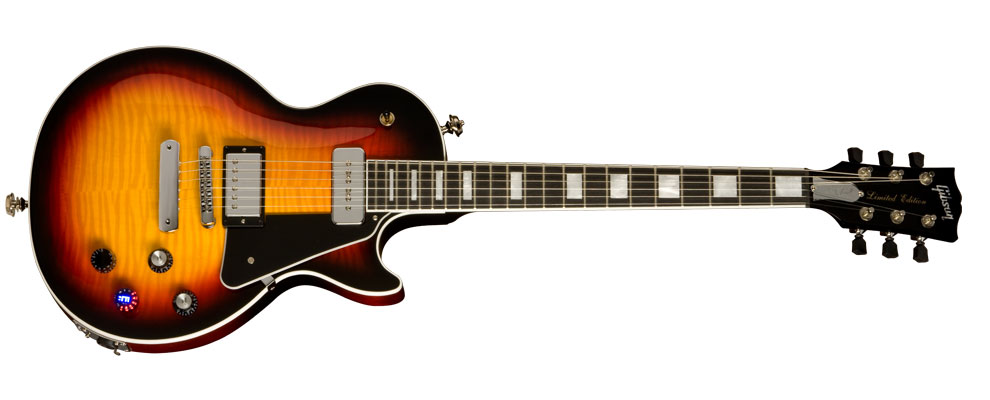
Gibson USA
Les Paul Studio
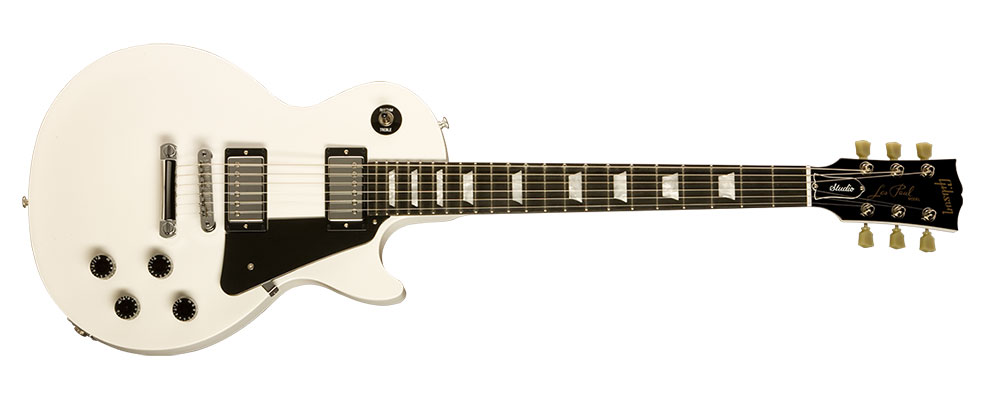
Gibson Custom
Eric Clapton 1960 Les Paul
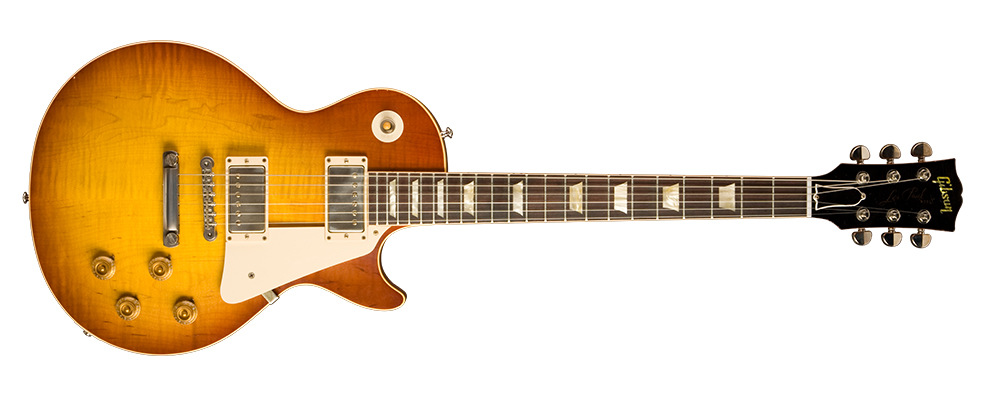
Gibson USA
Les Paul Traditional

Epiphone
Les Paul Standard

Gibson USA
2008 Les Paul Standard
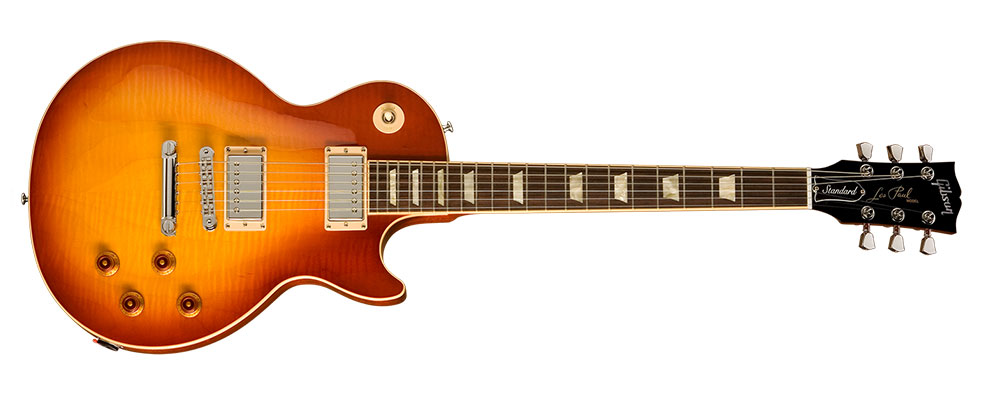
Gibson Custom
Les Paul Axcess Standard
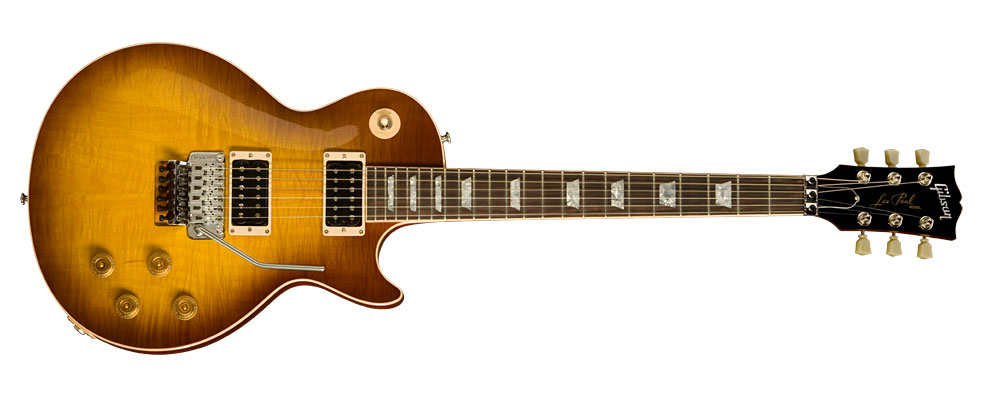
Gibson Custom
Jimmy Page “Number Two” Les Paul
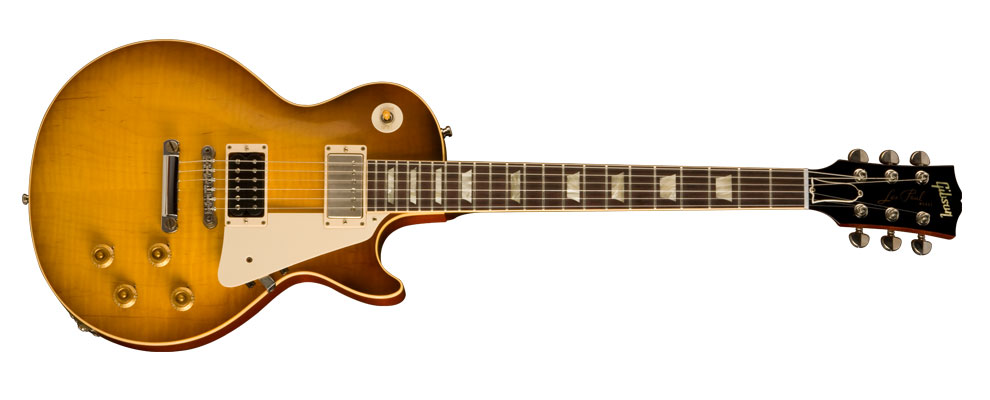
Gibson USA
Dusk Tiger
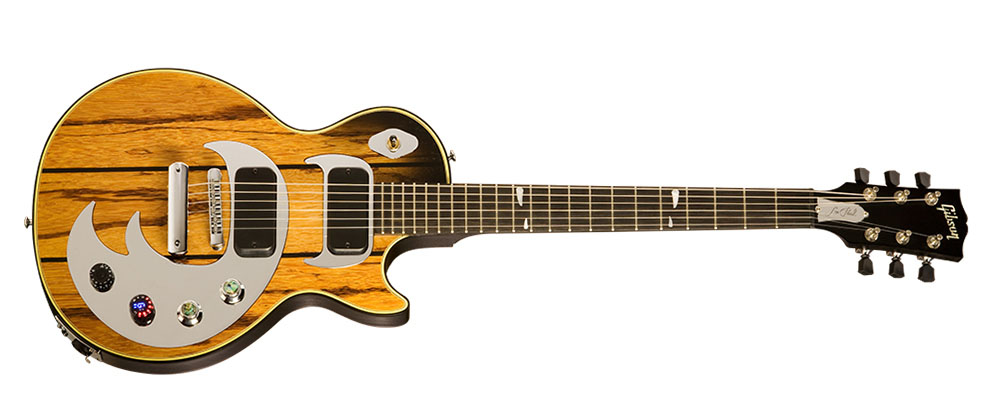
Gibson USA
Les Paul Traditional Pro Exclusive
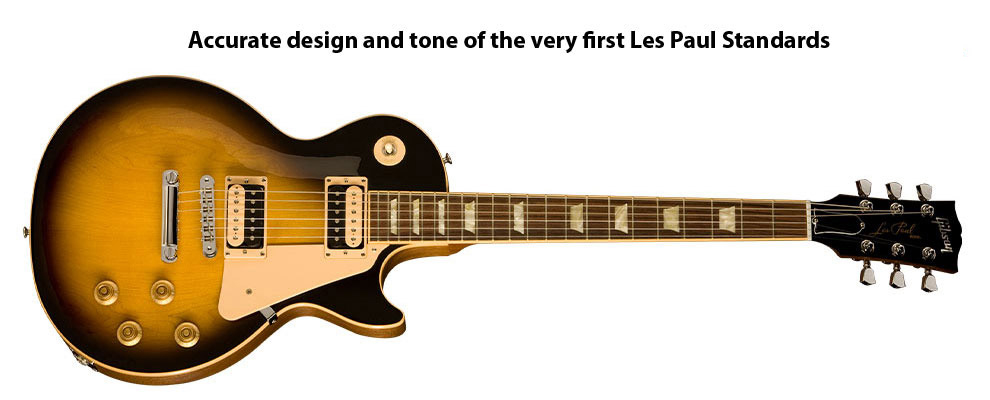
Gibson USA
Les Paul Studio '60s Tribute
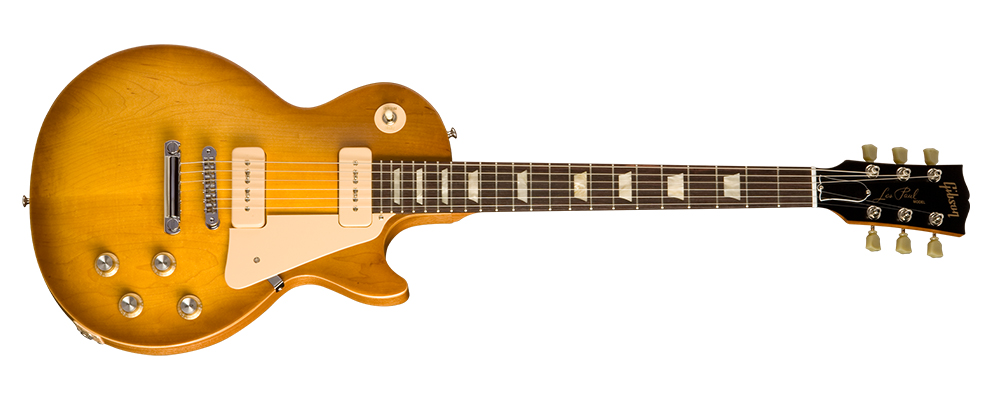
Gibson Custom
1958 Les Paul Plaintop Reissue VOS

Gibson USA
Les Paul Studio '50s Tribute Humbucker
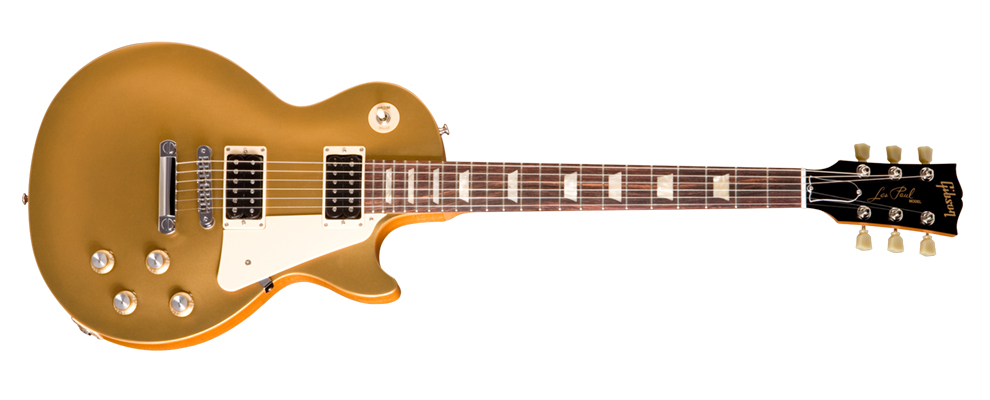
Gibson USA
Joe Bonamassa Les Paul Studio
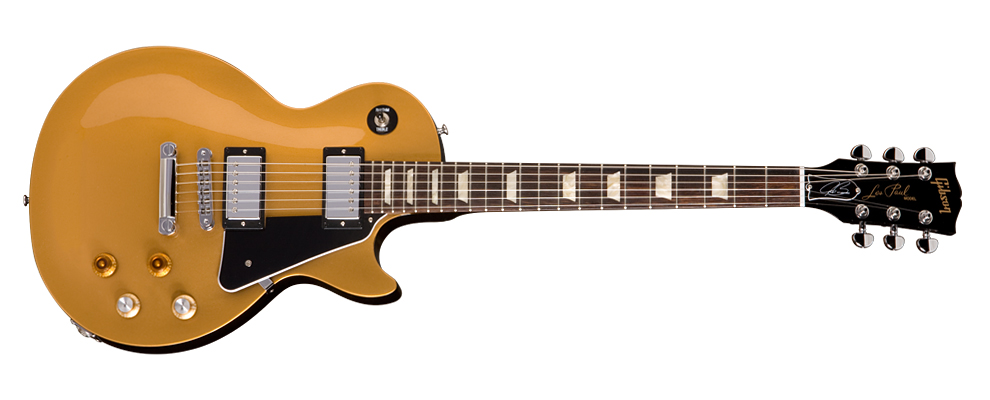
Gibson USA
Les Paul Traditional Pro '50s

Gibson USA
Gibson USA Anniversary Flood Les Paul Studio
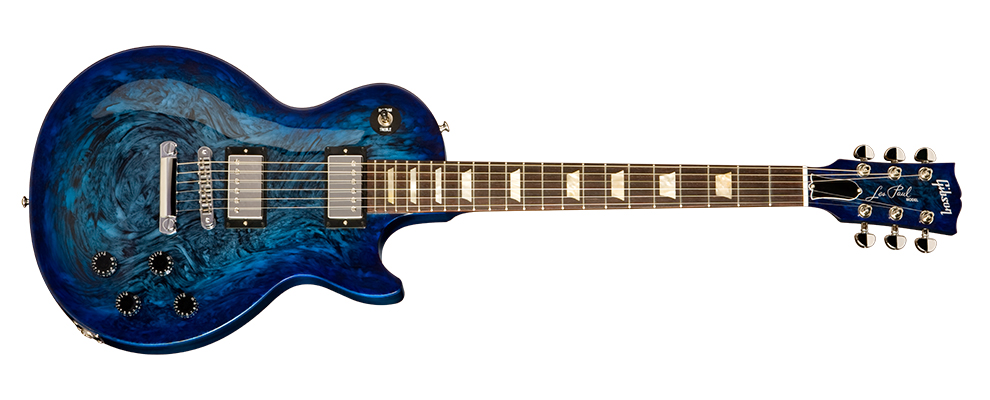
Gibson USA
Les Paul Supreme

Gibson USA
Lou Pallo Signature Les Paul
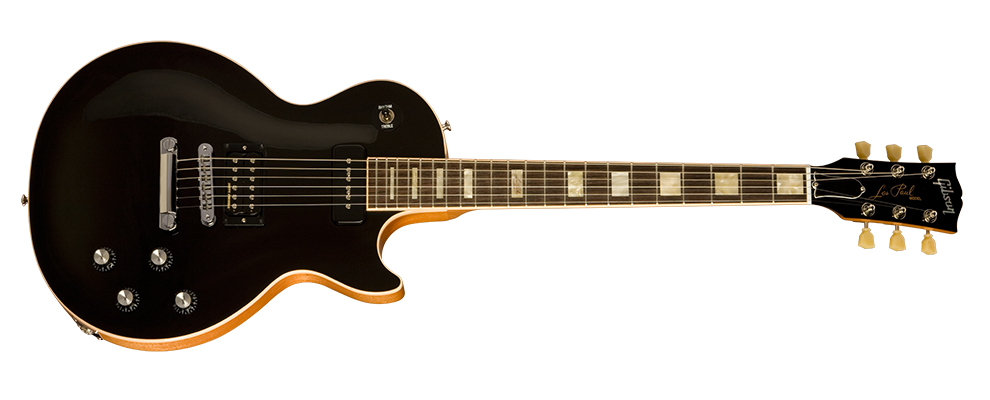
Melody Maker Les Paul
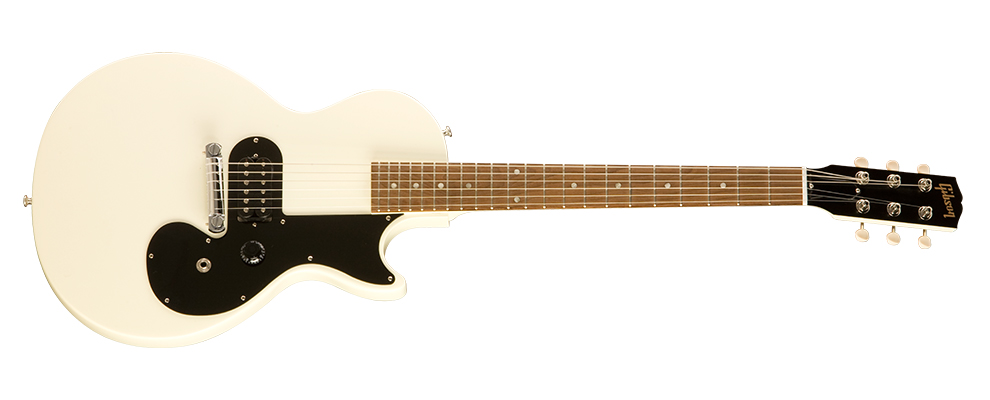

No comments:
Post a Comment